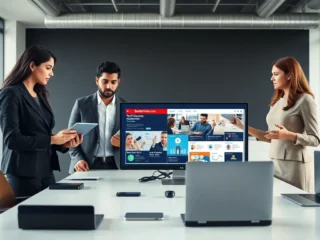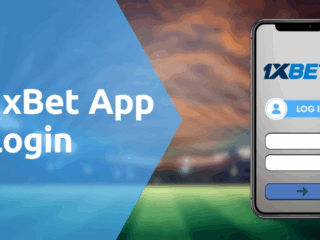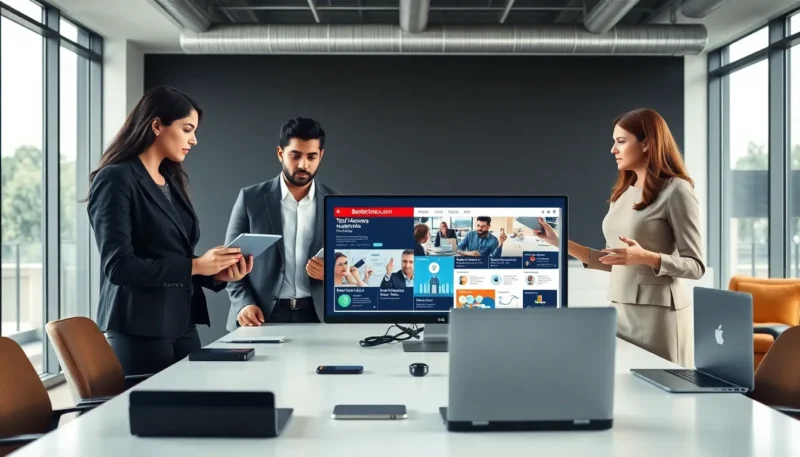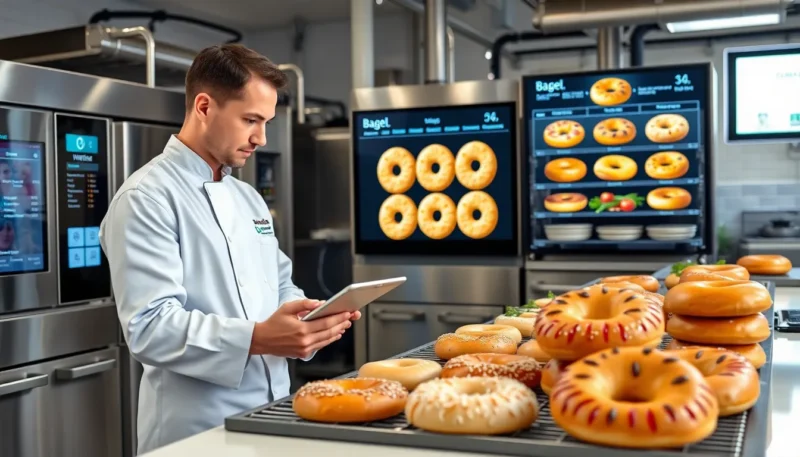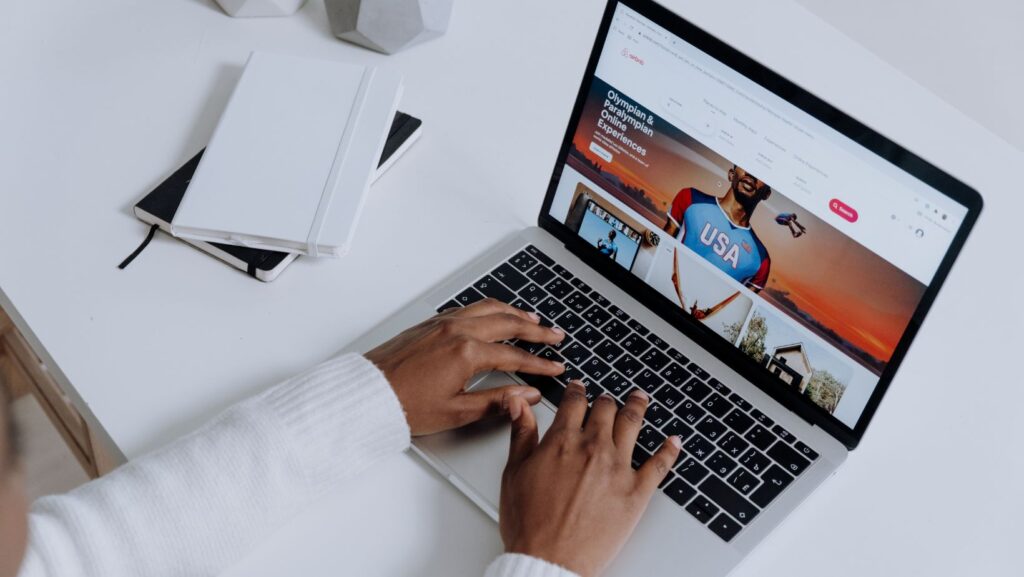
As a business leader, manually scaling your outreach is impossible, leaving your pipeline dangerously empty. This is where LinkedIn message automation, which is the use of specialized software to send a sequence of connection requests and messages to a targeted list of people, becomes a practical necessity. But the fear of becoming a spammer paralyzes most executives into inaction. This guide is a strategic playbook for using automation correctly. The core principle is simple: you automate the tedious mechanics like the profile views, the initial outreach, the patient follow-ups to free up your time for what actually matters: having genuine, human conversations once an interested person replies.
In 2025, the game is won by the person who starts the most meaningful conversations. The strategic blunder most people make is seeing automation as a replacement for human interaction and it’s a force multiplier. When used with intelligence and empathy, automation creates the time and space for you to be more authentic, to more of the right people.
The Elephant in the Room: Why Everyone Hates Automation
Let’s be honest. The reputation of automation is in the gutter, and for good reason. Our InMail is a graveyard of terrible, automated messages. They almost always share the same fatal flaws:
- The Impersonal Template: It’s the “Hi [FirstName], I saw your profile and was impressed…” message that feels like digital junk mail. It immediately signals that the sender has done zero research and sees you as a name on a list, not a person.
- The Premature Ask: It immediately asks for “15 minutes of your time.” This is a huge withdrawal from a relational bank account where the sender has a zero balance. It’s presumptuous and instantly off-putting.
- The Self-Serving Pitch: It’s all about them – their product, their service, their needs. It offers no upfront value to the recipient, just a demand for their attention.
A poorly executed automation campaign actively damages your personal brand and your company’s reputation with every single message you send.
The Strategic Mindset Shift: Automate the Mechanics, Not the Meaning
To use automation effectively, you must undergo a fundamental mindset shift. You are not automating a conversation; you are automating the start of a conversation.
Think of it this way: a great chef doesn’t automate the creative act of designing a dish. They use tools like food processors, stand mixers, convection ovens to automate the tedious, mechanical tasks so they can focus their creative energy where it matters.
Your automation tool is your food processor. Its job is to handle the grunt work: the profile views, the connection requests, the patient follow-ups. Your job is to be the chef: to design the strategy, to craft the message, and, most importantly, to step in the moment a real human conversation begins.
The goal of automation is to get a reply. Once you get a reply, the automation’s job is done, and the human’s job begins.
The Human-First Automation Framework: A Practical Playbook
So, what does this look like in practice? It’s a disciplined, four-part process.
Step 1: The “Who” – Hyper-Targeting is Everything
The quality of your automation is 100% dependent on the quality of your list. Garbage in, garbage out. Before you even think about a tool, you must build a hyper-specific list of your ideal prospects.
- Tool of Choice: LinkedIn Sales Navigator is non-negotiable for this. It allows you to filter by dozens of data points – company size, industry, seniority, recent job changes, keywords in their profile, and more.
- The Litmus Test: Your list should be so specific that you could, in theory, send the exact same (well-crafted) message to everyone on it, and it would feel personal and relevant to each of them. If you can’t do that, your list isn’t targeted enough.
Step 2: The “Why” – Finding the Contextual Hook
This is the human element that precedes the automation. A great automated campaign is built on a foundation of genuine relevance. You need a compelling “why” – a reason you are reaching out to this specific group of people right now.
- Examples of Hooks:
- They are all attendees of a specific upcoming virtual conference.
- They are all members of a niche, high-quality LinkedIn Group.
- They all recently engaged with a post from a major industry influencer.
- They all work at companies that have recently received Series B funding (a major growth signal).
- They are all attendees of a specific upcoming virtual conference.
Step 3: The “What” – Crafting the “Semi-Automated” Message
Your message should be short, humble, and lead with value. Follow the “Personalize, Value, Question” (PVQ) formula.
- P – Personalize: Your “hook” is your personalization token.
- V – Value: Offer an insight or a resource.
- Q – Question: Ask a low-friction, open-ended question to spark a dialogue.
Before (The Bad Template):
“Hi [FirstName], I’m the CEO of [My Company] and we help businesses like yours increase revenue. Are you free for a 15-minute demo next week?”
After (The Human-First Framework):
“Hi [FirstName], I saw you’re also attending the ‘Future of SaaS’ virtual summit next month. I’m building my network of other B2B leaders who will be there. Given your focus on [Their Industry], I thought you might find this recent report on post-event networking insightful. Curious, what’s the one session you’re most looking forward to?”
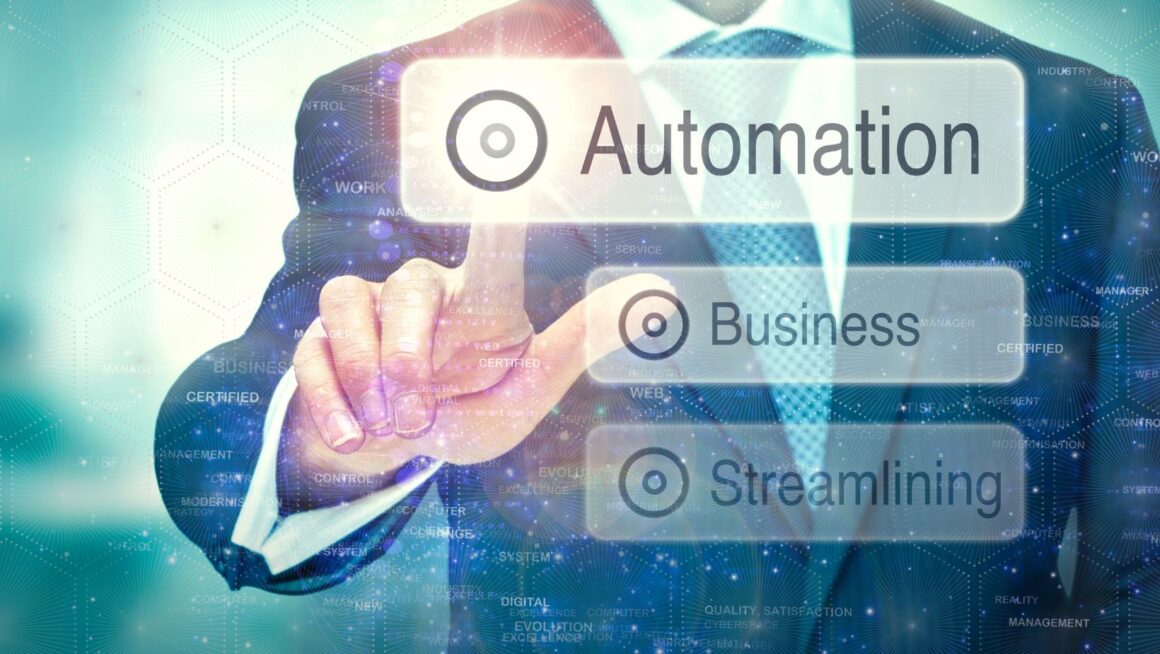
This second message feels like a peer-to-peer conversation, even though it can be sent at scale to a hyper-targeted list of event attendees.
Step 4: The “When” – The Patient, Multi-Touch Cadence
Good automation mimics natural human behavior. It’s a gentle sequence, not a single blast. A typical, human-like campaign might be:
- Day 1: View the person’s profile.
- Day 3: Like or comment on a recent post.
- Day 5: Send the personalized connection request from Step 3.
- Day 10: If they connect but don’t reply, send a brief, polite follow-up.
This patience and multi-touch approach builds familiarity and trust, dramatically increasing your chances of getting a positive response.
The Golden Rule: Stop on Reply
This is the most critical rule for maintaining authenticity. The moment a prospect replies to any message in your sequence, the automation for that individual must stop immediately. This is the hand-off. The machine has successfully started a conversation. Now it’s your job, as the leader, to step in and have a real, human-to-human interaction. A good automation tool will have this “stop on reply” feature built-in.
As a business leader, your voice and your relationships are your ultimate currency. LinkedIn Message Automation, when used with discipline and a human-first strategy, doesn’t devalue that currency. It allows you to invest it more wisely, scaling your ability to connect with the people who can truly move the needle for your business, without ever sacrificing the authenticity that defines your brand.



